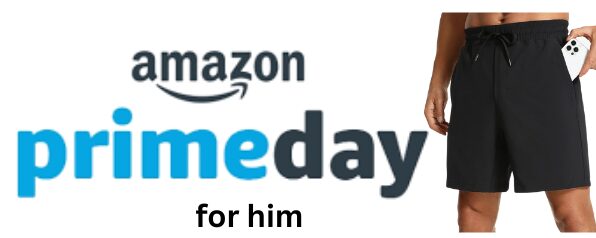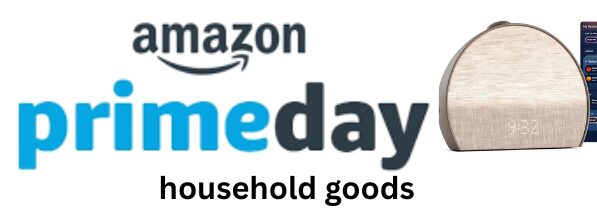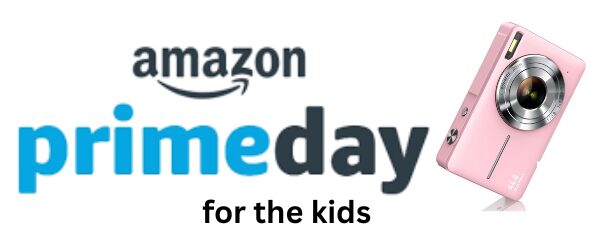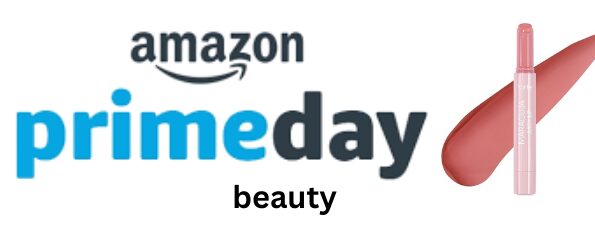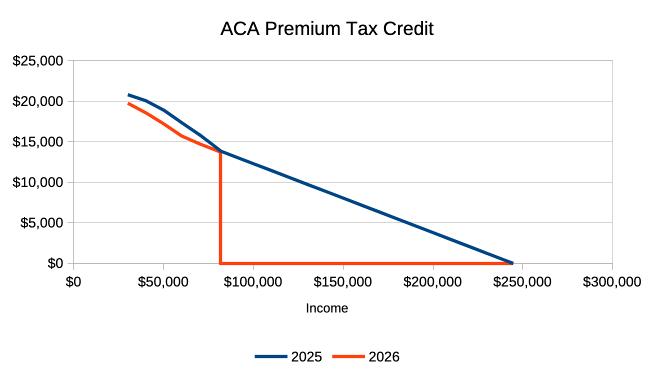Insurers that focused on modernizing technology and improving their data, analytics and artificial intelligence (AI) capabilities are now able to incorporate generative AI (gen AI) as a natural next step on their reinvention journey.
Gen AI is changing everything. It is being used throughout the value chain to improve customer interactions, streamline operations and support decision-making. Insurers are using it to boost efficiency in operations and corporate functions and improve the speed and accuracy of underwriting and claims processing. Commercial and specialty property and casualty (P&C) carriers are using it to handle huge volumes of broker submissions, quickly extracting data and improving the way they use classical AI for comparative risk analysis and propensity-to-win modeling.
The impact of gen AI is already being felt across the insurance industry, with unique benefits and challenges for P&C, Life, Group Benefits and Reinsurance carriers. Some companies are using gen AI as a catalyst for reinventing their digital core, discovering new ways of working and reimagining how they serve their customers. Each company will find its own path forward with this technology. This paper covers five requisites that must be addressed when crafting a gen AI strategy:
Lead with value
Gen AI opens up new opportunities for natural language interaction, operational efficiency and decision support for insurers. It can drive material impact on combined ratios with contributions across underwriting, claims, service and general expenses. And while it has the potential to impact the full insurance value chain, we see the greatest potential in underwriting/distribution and claims.
Underwriting/distribution
According to our research, 40% of the average underwriter’s time is spent on administrative and other non-core tasks. Those demands are exacerbated by surges in submissions, creating more process churn without capturing commensurate additional revenue.
Gen AI can help insurers win more business and drive greater value by boosting efficiency in underwriting. It uses automation and task augmentation to help underwriters handle more tasks, work more efficiently and reach better decisions faster. For example, gen AI supports intelligent email and ingestion with its ability to extract key data from submission documents and create structured outputs that can accelerate risk assessment and pricing. It supports data enrichment and decision-making, allowing underwriters to augment submission information with data from verified third-party sources. This information is then automatically populated in an underwriting dashboard, eliminating multiple rounds of Q&A between brokers and underwriters.
Gen AI is a win-win for carriers as well as brokers. With gen AI, carriers have the potential to process 100% of submissions, double their submission-to-quote rates and reduce premium leakage from missed underwriting controls. Brokers can expect easier interactions with carriers and can deliver quotes to their customers in hours rather than days or weeks.
QBE, a multinational insurance company headquartered in Sydney, is a prime example. We worked with them to scale industry-leading AI-powered underwriting solutions replicated across multiple regions and lines of business. They are now able to make faster, more accurate business decisions and greatly accelerate market response time. In the first year, these solutions won multiple industry innovation awards. Early results also indicate an increase in both quote-to-bind rate and premium.
Claims
Gen AI can also drive significant value in claims processing and outcomes, both for frequency and severity claims.
The majority of claims volume, but a minority of claims payouts, have indemnity decisions that can be arrived at via parametric or rules-based indemnity decisions. These frequency claims are well suited to straight-through processing using AI and gen AI. The claims can be assessed and resolved quickly, dropping the aggregate cycle time from days to minutes.
Medical management and litigation costs are typically the largest drivers of claims indemnity and expense. For litigated claims, gen AI can ingest unstructured litigation demand packages, enabling comparable file insights to be gleaned from the carrier’s litigation portfolio to help drive proactive resolution. For claims with medical exposure, such as litigated claims with medical damages, bodily injury and workers’ compensation claims, gen AI can ingest and aggregate medical documents to improve multiple aspects of medical management, including developing accurate timelines, categorizing medical expenses and identifying treatments that may be inconsistent with standards of care.
Using gen AI in claims can also improve rating and pricing activities. As a best practice, carriers can incorporate learnings extracted from unstructured claims data into a feedback loop for underwriting to guide future decisions, guidelines and appetite.
Many of the underlying capabilities that provide material efficiency in claims and underwriting, such as intelligent email creation and ingestion, are reusable solutions that can also benefit back-office functions such as invoicing, contracting and employee onboarding. An investment in gen AI can and should be used to drive value across the entire organization.
Reinvent talent and ways of working
Workers across many industries are concerned about being replaced by gen AI. In the insurance industry, the change is far more likely to be in augmenting, not replacing, human activity.
For example, regulation and licensing still require that licensed claims and underwriting professionals make and communicate decisions. In many cases, these professionals must meet requirements for where they are located and must be employees of the carrier. Unless requirements change, these roles cannot be replaced by AI.
In fact, both automation and augmentation with gen AI will create daily benefits for workers. Our research shows that 29% of working hours in the insurance industry can be automated by gen AI, relieving workers of many of their more mundane and tedious tasks. Thirty-six percent of working hours can be augmented by gen AI, which helps workers and insurers as the industry faces staffing shortages due to an aging workforce and competition for talent.
Gen AI will transform how companies build the insurance workforce of the future. Senior underwriters and claims handlers will be able to focus more on higher-level analysis, portfolio optimization strategies and business development. Junior associates will have shorter learning curves for onboarding supported by co-pilot or agent-assisted AI solutions. They will use gen AI in a natural, conversational way to deeply understand and manage business rule taxonomy, generate insights and produce accurate pricing, rating, indemnity decisions and communications.
Close the gap on responsible AI
Responsible AI is vital as the technology matures and becomes more autonomous. AI governance and principles must be in place from the start. For insurers, this means implementing systematic testing and monitoring across both quantitative and qualitative dimensions to manage risk with the highest ethical standards.
Controls focused on data privacy, cybersecurity and sustainability help insurers stay compliant as regulatory requirements inevitably increase. Insurers hold a position of trust when storing and processing sensitive data belonging to customers and partners. Quantifiable measures help demonstrate the insurer’s due diligence amid escalating cyber threats. They also help in aligning the insurer’s AI strategy with Net-Zero and other corporate sustainability goals by measuring impacts related to increased compute and storage use.
Qualitative controls that improve transparency, explainability, accuracy and safety are just as important. For many customers, insurance products can be difficult to understand. This can be compounded in communities where a legacy of discriminatory practices has undermined industry trust. For employees and partners, it’s crucial that insurers evaluate safety concerns and take action to mitigate harm. A Human by Design approach can help create human-like experiences that engender trust by making it easy and intuitive to find information.
A responsible and ethical AI experience is especially important in underwriting and claims. The historical data that LLMs ingest can be biased by previous decisions or may differ across geographies. AI governance can increase fairness and accountability and prevent coded bias and inaccuracies. The risk of “garbage in” needs to be understood and mitigated with documented enterprise-wide governance structures with clear roles, responsibilities and policies.
Build an AI-enabled, secure digital core
Realizing the full power and potential of gen AI requires a strong digital core and a secure cloud. With a simplified cloud infrastructure, insurers can build a data and model backbone that integrates with core systems and supports the needs of AI.
Cloud
For many large organizations, moving more operations to the cloud can create a level of complexity that’s hard to manage. A Continuum Control Plane provides a unified command, control and decision support center to help address that complexity. It orchestrates infrastructure, applications, data, network, people and processes and simplifies cloud integration across a range of vendors. This unified control center delivers stability, agility, speed and certainty for cloud-based companies while improving visibility across the enterprise.
Security
Security is crucial for operational resilience and data protection. The threat landscape is shifting with more bad actors infiltrating and disrupting business operations. This is compounded by quantum computing advancements, which are making traditional encryption methods less effective. Insurers and their partners will need to implement systems that reduce the risk of breaches and adopt standardized algorithms for protecting vital information in a post-quantum world.
Data
Insurers have access to a wealth of data that customers expect them to protect and that can be tapped to create value. This includes organizational data such as policyholder information and claims history, derived or synthetic data such as underwriting evaluation notes and scenario test data, and third-party data such as climate and market data, vehicle records and property details. This data should be held in a modernized data platform leveraging technologies like vectorDBs and knowledge graphs, which can augment existing analytics capabilities and support the processing needs of LLMs.
Models
Foundation models like Claude in Amazon Bedrock or the GPT suite of models on Microsoft Azure can be integrated seamlessly with the primary cloud stack. As needs become more complex, it’s important to reassess how priorities are weighted and fine-tune, retrain or build a new model as needed to address goals and market realities. A model switchboard allows models to be dynamically adjusted depending on the weight assigned to various priorities such as accuracy, efficiency and cost.
Platforms
The AI and gen AI capabilities of core insurance platforms are evolving quickly. For P&C insurers, Duck Creek Technologies and Guidewire have embedded AI into their products. The same is true of EIS and Vitech in the retirement/pensions and group benefits space. At Accenture, we’ve embedded AI and gen AI throughout our Accenture Life Insurance and Annuity Platform (ALIP) with cloud-managed services that include an AI-led user experience with conversational AI navigation and intelligent alerts.
Embrace change and continuous reinvention
Gen AI is already deeply embedded in the insurance industry. Insurers are well past experimentation and defining use cases; many are already seeing material economic gains as they scale their AI and gen AI investments for continuous reinvention.
Continuous reinvention involves disciplined replication and re-use—two keys to scaling gen AI quickly across a large organization. Multiple lines of business in claims or multiple products in underwriting may be able to use the same user interface (UI) and user experience (UX) for gen AI implementations. In fact, investments in UI/UX, front-end and back-end coding, rule and prompt libraries and data modernization can often be leveraged across the value chain.
With gen AI, insurers are accelerating their reinvention journey. They are building both the culture and capability for continuous reinvention by centering every function in the value chain around a modern digital core. They are using gen AI to bring the best of humans and technology together, defining the future of the insurance industry.



